Conduct Your Own Customer Survey
Are first-hand observations or personal interviews enough for learning about your customers’ changing buying habits? Probably not. Consider designing a customer survey that will provide accurate information about the types of customers shopping at your center and their perception of your products and services. It can also help you identify emerging trends.
A simple, low-cost approach involves a written survey that can be mailed or handed to customers. One that is handed to customers usually gives a 30 percent or greater response. Responses to mailed surveys typically generate a 10-15-percent response. When compared with other survey methods, the written survey requires less labor and is easier to produce, distribute and interpret.
Developing the survey
Design each question in the survey to yield needed information, and back it up with a commitment to take action based on what you learn. Taking action may involve financial resources or simply a change in behavior. The survey should be clear and concise. Group related questions together. Don’t ask questions if you already know the answers.
Pretest the survey with a small group of people to find out how long it takes to complete, to learn whether the questions and instructions are easy to understand and to discover any areas needing improvement. Involve employees in all stages of the survey process.
Distributing the survey
The frequency and number of surveys is determined by the staff time available and the potential loss of sales if customers become irritated. Once during a 4- or 5-year period is the norm for customer surveys.
With a small customer base (about 4,000), survey all your customers on a given day. If you have a large customer base Á (10,000 or more), hand out surveys to every second, fourth or seventh person. Assuming a 30 percent rate of return, distributing 1,700 total surveys will yield 500 completed forms, a manageable number for you and your staff to tabulate.
If you think your spring customers are different from those who shop in fall, consider conducting two separate surveys. For example, one garden center handed out surveys on alternate days for two weeks in April, May and June, then surveyed again during September, October and November. This method enabled the owner to tailor his marketing strategy to take advantage of merchandise preferences and demographic differences between the spring and fall shoppers.
Develop an Action Plan
1. Tabulate results using computer software. It is quicker and easier to reach conclusions when you convert data to percentages or use charts or graphs.
2. Interpret results with your staff. This reinforces what they are doing right, while identifying areas for improvement. It also provides an excellent opportunity for staff training and team building. Consider involving a neutral third party to help identify trends and problems.
3. Prioritize areas needing attention. Develop a strategy for meeting short- and long-term goals. Focus first on the problems that can be solved with little effort or cost.
4. Develop a timeline that states what specific changes you will make, who will be responsible for each change and a start and completion date.
Putting the survey to use
Customer Information. This section helps you profile the customers who shop at your garden center. What types of customers are not shopping, and what can you do to target this group? Different age groups will be attracted by different products and services and may respond differently to your promotional efforts. Women value quality, service and clean surroundings; they usually buy plants and flowers. Men will buy mostly tools, fertilizer and lawn products. High-income customers can afford upscale products that discount stores don’t carry.
Determine the media that will be most effective for you. Advertise in newspapers that have the greatest readership among your customers. Local weeklies are usually less expensive and more rewarding. Use coupon ads to help determine the best newspaper. Target towns with low customer survey responses. (Refer to the March 2002 issue of Lawn & Garden Retailer for information about cooperative advertising.)
Identify your annual sales peaks and valleys. Increase cash flow during slow periods with redeemable coupons, punch cards, specials, featured products, open houses, frequent shopper discounts or new product lines.
Most surveys reveal that 70 percent or more customers shop at other garden centers. Give your customers what they want, making it less desirable to shop elsewhere. Learn why customers shop at your business and promote what you do best. In a competitive environment, knowledgeable sales staff, educational programs and publications, an enjoyable shopping experience, upscale products, and new or unusual products will increase sales.
Customer Service. Ratings in the “Good” and “Fair” columns should be considered areas for improvement. Some of the most common comments include, “Difficult to locate products;” “Crowded parking lot;” “Staff couldn’t answer my questions;” and “I had difficulty maneuvering the cart on the walkway.”
Help customers find products through effective use of department and directional signs and product signs that identify plants by function or use. Trained staff who are perceived as a reliable source of information will differentiate your business from your competitors, increasing sales. Studies show that congested parking lots and small shopping carts reduce sales.
Before committing to a new service, study its impact on the business. For example, adding services during peak sales periods may increase pressure on the parking lot because customers stay longer.
Before making a major commitment to a new product line in which your customers have shown interest, visit your competition to get a sense of what is or isn’t selling. To further reduce risk, sell products on consignment.
Don’t be too cautious, though. You may miss out on a new trend and sales opportunity. The mix of products you sell has the greatest influence on repeat sales and often determines whether your customers shop elsewhere.
Improved efficiency, lower overhead and a reduced labor force will help you reduce prices to remain competitive with mass retailers. You should not be price-driven. Instead, offer higher-quality products, add value to products and provide an ambiance that stimulates buying. Consider volume pricing and selling related, low-end products in kits rather than selling them individually. It is important to price and label all products clearly.
If uses are not self-evident, demonstrate how products can be used. Use display gardens to showcase plants and hard goods; water features are effective when placed among plantings in the sales yard. Herbaceous perennials sell best in full bloom, shaded under a lath structure. Small container plants are best displayed on tiered benches, carts or shelves — not on the ground. Use cement blocks sparingly or not at all in bench construction.
Finally, never sell stressed plants. Customers expect exceptional quality from garden centers.
Other valuable information sources
Supplement the customer survey with information gathered from competitor assessments, recorded customer complaints, employee input, owner/manager observations and an external team critique. Our publication, The Garden Center Critique & Merchandising Guide, includes a 160-question critique that will help you analyze your marketing practices, develop innovative marketing strategies and help differentiate your business from your competitors’. To order, send a check or money order for $18.00 (includes shipping and handling), payable to UNH Cooperative Extension and mail to: UNH Cooperative Extension Publications Center, 16 Nesmith Hall, 131 Main St., Durham, NH 03824.


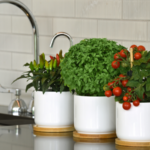
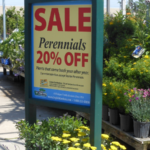

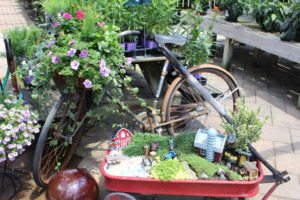
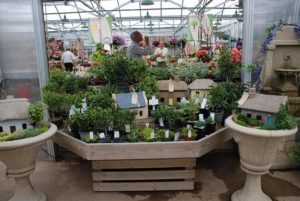
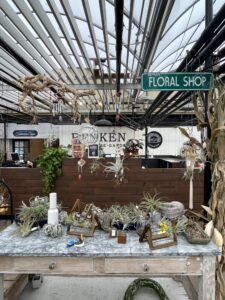
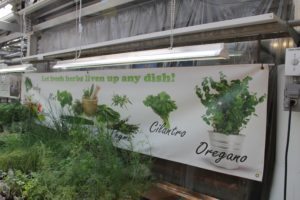
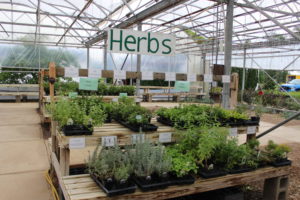

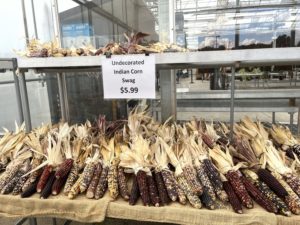
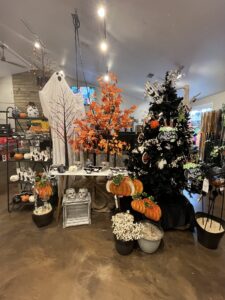
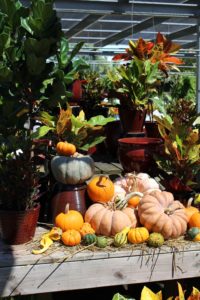
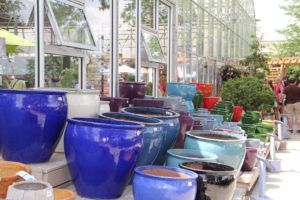
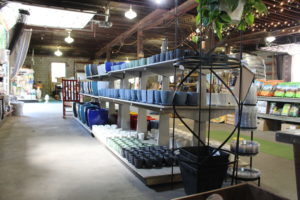
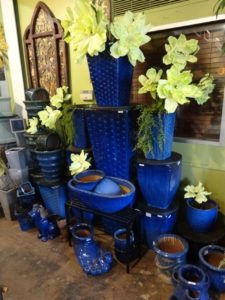
 Videos
Videos





